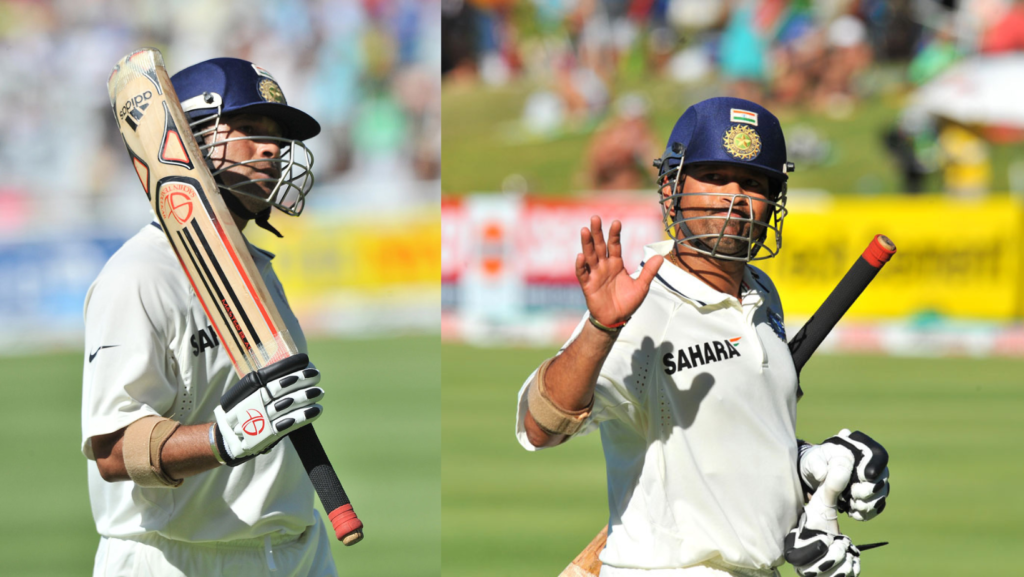
Portugal’s John II may have renamed the coastline the Cape of Good Hope, but for Indian cricketers who had made the trek to Newlands in Cape Town for close to three decades, it was the original name given by Bartolomeu Dias that struck a chord. Cabo das Tormentas, or the Cape of Storms, had frustrated India in six Tests dating back to 1993. For all the undoubted achievements overseas in the new millennium, Newlands remained a fortress that no Indian XI could breach. Apart from all-time-great Australian sides and an England team inspired by the all-round skills of Ben Stokes, no visiting outfit had left victorious in decades.
In a sense, there was beautiful symmetry in India clinching a historic first win in Cape Town on January 4. It was on that date 13 years earlier that Sachin Tendulkar scored the last of his 51 Test centuries. With 13 hundreds in 33 matches in the previous three calendar years, the master had enjoyed a true Indian summer. At the time, it seemed unimaginable that No. 51 would be the last, or that he would go another 23 Tests without adding to it.
In retrospect, it seems fitting that his last hundred in whites for India was easily one of his finest. Unless you were there, it’s impossible to truly fathom how menacing Dale Steyn was in that series. Months earlier, his mastery of reverse swing had scuttled India in Nagpur. In his home conditions, he was almost unplayable. Cheteshwar Pujara probably still has nightmares about the near-curveball that trapped him in front. Imagine a Shane Warne delivery at pace, and you get an idea.
Tendulkar batted nearly eight hours for his 146. But as much as the 17 fours and two sixes, it was the strokes he didn’t play that defined the innings. Time and time, Steyn would zoom past the outside edge. A lesser batsman would have nicked off hours earlier. Tendulkar would either shoulder arms impossibly late, or tuck his bat in at the very last as the slip fielders tensed in anticipation.
The light at Newlands is special. With Table Mountain in the background and no towering skyscrapers to block the horizon, almost every vantage point offers a picture-postcard view. And the sound of ball pinging off the Tendulkar bat merely added to the atmosphere on that long-ago afternoon.
A day later, South Africa limped to lunch on 121-5, a lead of just 119. When Ashwell Prince fell in the third over after the interval, there was genuine optimism that MS Dhoni and team could go where the Rahul Dravid-led side had failed to four years earlier. The next man in was Mark Boucher, under pressure after a string of poor scores. But Sreesanth and Zaheer Khan, superb in the series-levelling win in Durban, lost fizz at the most crucial time, and Boucher went on to add 103 with the limpet-like Jacques Kallis, who battled excruciating pain from a rib injury to make his second hundred of the match.
On the final day, India made no attempt to chase a target of 340. The team ranked No. 1 in the world at the time was content to share the spoils with the side right below them. The Indian Premier League (IPL) was three seasons old by then, and had already captivated South Africa in 2009, while there was the small matter of a home World Cup to look ahead to the following month. But back then, that Test series mattered. After nearly two decades of dominance, Australia’s cricket was on the wane, and South Africa – who had won there in 2008 – and India were the new kids on the block.
This 2023-24 series was over so quickly that any comparisons are impossible. Rohit Sharma and Dravid deserve huge credit for engineering a turnaround, but the absence of a decider rankles. The knowledge that South Africa’s finest are set to skip a Test tour of New Zealand to play in their domestic T20 competition is a further reminder of how the world has changed since Tendulkar and Steyn jousted in the Newlands sunshine.
Ultimately, the market gets what it wants. That is our reality, and no amount of chest-beating will change it. But it’s hard not to look back at that last Tendulkar Test masterpiece, and wonder what future generations may miss out on.



